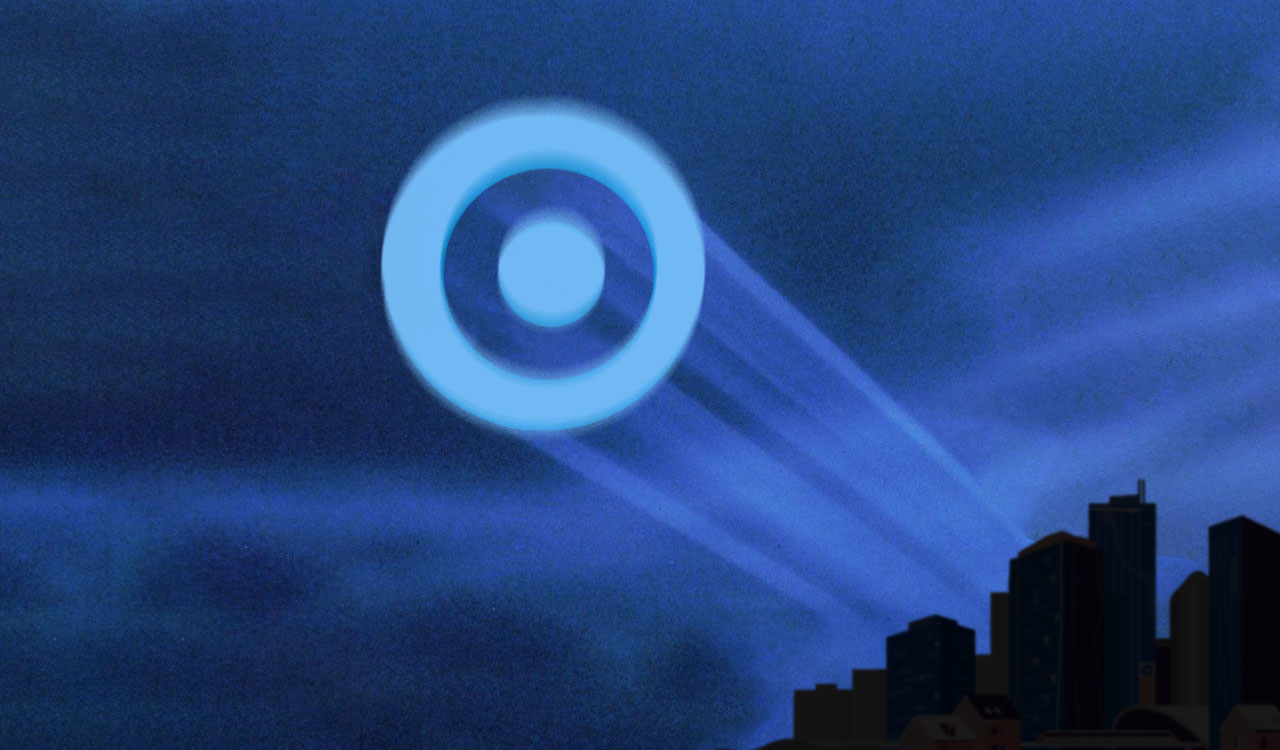It may be hard to believe, but Kohl’s was once the darling of the retail world, expanding at a frantic pace to go national while helping to drive at least one competitor out of the business (Mervyns) and taking market share from many others in its space. Its format, an updated version of the old junior department store model, was both inspired and infinitely successful and one that shoppers responded to enthusiastically. And it seemed to have unlimited potential to keep on going onward and upward. But even back in 2012, I previewed trouble in Kohl’s paradise.
Kingsbury is a huge asset for the company, but he also could be a liability. He’s 71 years old and had basically been semi-retired before taking the Kohl’s job. In an era when executives – and politicians – work well into their late 70s and beyond, one has to ask if he is prepared to do so to oversee this turnaround.
Today, Kohl’s is stuck in the middle of the market, churning through upper management, fighting off investor onslaughts and struggling to find a merchandising and real estate strategy that will stabilize it and allow it to get back to better profitability and growth. In an era when so many retailers outside of Walmart, Costco and the off-pricers are stumbling around and dealing with post-pandemic shopping shifts, Kohl’s is certainly not alone in its problems. But they do seem to be especially critical and solution-defying.
And so, its CEO Tom Kingsbury, on the job for nearly a year and a retail veteran with a solid track record at Burlington and May Co., is faced with fixing something that is not only broken but also (he hopes) not beyond repair.
What’s Working at Kohl’s
It may not be quite a glass half-full view, but in a very tough retail environment, the retailer has some positives to talk about. It is profitable, even with its 39 percent drop during the most recent quarter. Gross margins increased during that quarter and inventory levels, which tripped them up during the post-pandemic era, are down 13 percent.
Its physical stores are showing a slight bump up for the year-to-date even as overall comps were down about 5 percent for the quarter. The discrepancy came from the online side of the business…more on that later.
It has a decent stable of brands, including Nike, Under Armour, Crocs, Draper James and others that many of its competitors lust after. And on its most recent analysts call, Kingsbury said they are on the lookout for more national brands, making them a bigger part of its merchandising mix versus the private labels that the company has more recently fixated on. (In fact, this has been decades-long ying-yang at Kohl’s depending on who was running the place as it constantly ricocheted between national labels and house brands.)
But undoubtedly Kohl’s biggest plus is its Sephora business. Pried away from JCPenney by former CEO Michelle Gass in what many think was probably her greatest achievement, the beauty department is an amazing asset for the company, to the point that Sephora storefronts now adorn many existing Kohl’s locations.
Not only does the brand get the prime demographics to come into the store but it is a big financial contributor as well. In its quarterly presentation, the retailer said comp sales for beauty were up 30 percent and total beauty revenue rose more than 70 percent. In this kind of competitive retailscape those are very impressive numbers.
Finally, there is the company’s real estate strategy. Its strip mall locations, often closer to neighborhoods than the regional malls it competes against, are especially attractive in today’s work-from-home and away-from-urban-centers shopping environments. It is testing smaller footprints and combo stores with sub-tenants like gyms and grocery stores…even if those tests haven’t gotten very far yet. And with about 1,100 locations total, it is not wildly over-stored for its footprint, unlike some brands that are in the process of trimming back their store counts. Kohl’s has many things going for it, not the least of which may be Kingsbury himself who is highly regarded in the trade and has the resume to prove it.
What’s Not Working at Kohl’s
The retailer’s biggest problem is not one of its own makings. It is stuck in the middle of the retail biosphere, neither a discounter like Walmart with both perceived and real values nor a step-up brand like Macy’s or Dillard’s that has access to brands it can’t get and mall locations that remain popular with many shoppers.
As a mid-market brand, it is fighting the same battle as JCPenney and facing many of the same challenges. It can’t go radically up or down without an enormous makeover that is bound to alienate existing customers while taking years to attract new ones. Again, JCP is the best example of why that doesn’t usually work.
Kohl’s in its most recent quarterly call with analysts also raised an odd issue: its online business was trailing its in-store business. The problem, Kingsbury said, was that it was being more promotional online than in stores and the two sides of the house didn’t sync up. So, rather than get them properly aligned it was going to deemphasize ecommerce for the time being while it focused on its physical stores. It\’s a curious solution when just about everybody in the business agrees a viable digital business is critical for retail success today. Apparently, Kingsbury doesn’t see it that way.
Kingsbury also seems to have his own ideas about his management group. He essentially fired his president who had only been on the job for eight months, and also had the chairman of the board – a Gass supporter – resign, allowing him to put more of his own people in positions of power.
After the agonizing saga that Gass dealt with as outside investors called for her exit, management turnover can’t be seen as a positive for the company. Any further departures are bound to raise some red flags on Wall Street to be sure. The elephant in the store is its merchandising strategy. For decades it has been the king of coupons and one-day-deals in a dizzying promotional array of Kohl’s Cash, buy-now-save-later offers and more variations on this theme than any sane shopper could possibly hope to decipher. As with any such barrage, it eventually starts to wear thin and Kingsbury has publicly talked about scaling it all back and maybe even going to an everyday-low-prices format. High-low pricing is an extremely tough habit to break, a lesson Ron Johnson and Penney discovered the hard way. Kohl’s attempting it themselves will be at its own peril.
The lack of progress on the small-store initiative and subletting opportunities in existing larger locations also have to be viewed as question marks. If they are working, they need to be stepped up. And if they are not, they need to be eliminated. Many of those current stores, by the way, are starting to show their age as Kohl’s doesn’t have quite the Cap X budget as Walmart and Target have to constantly refreshing their locations.
There are also those aforementioned outside investors. They’ve been sniffing around Kohl’s for years and seem to have backed off for the moment, but we know how these guys are and they could return at the first sign of quarterly distress. That’s when it could get ugly.
Finally, just as Kingsbury is a huge asset for the company, he also could be a liability. He’s 71 years old and had basically been semi-retired before taking the Kohl’s job. In an era when executives – and politicians – work well into their late 70s and beyond, one has to ask if he is prepared to do so to oversee this turnaround. It’s a legitimate question that only he can answer.
Another 1962 Graduate
Last year Kohl’s celebrated its 60th anniversary and as such was part of the oddly coincidental baby boom of 1962 when three other major retailers were born: Walmart, Target, and Kmart. The first two have obviously gone on to be hugely successful while the third peaked in the 1980s and is down to a few embarrassing locations under the misguided Eddie Lampert era. Kohl’s has done well for most of those six decades, but it now faces its toughest years. Menominee Falls can be a very cold and lonely place when the going gets tough.




